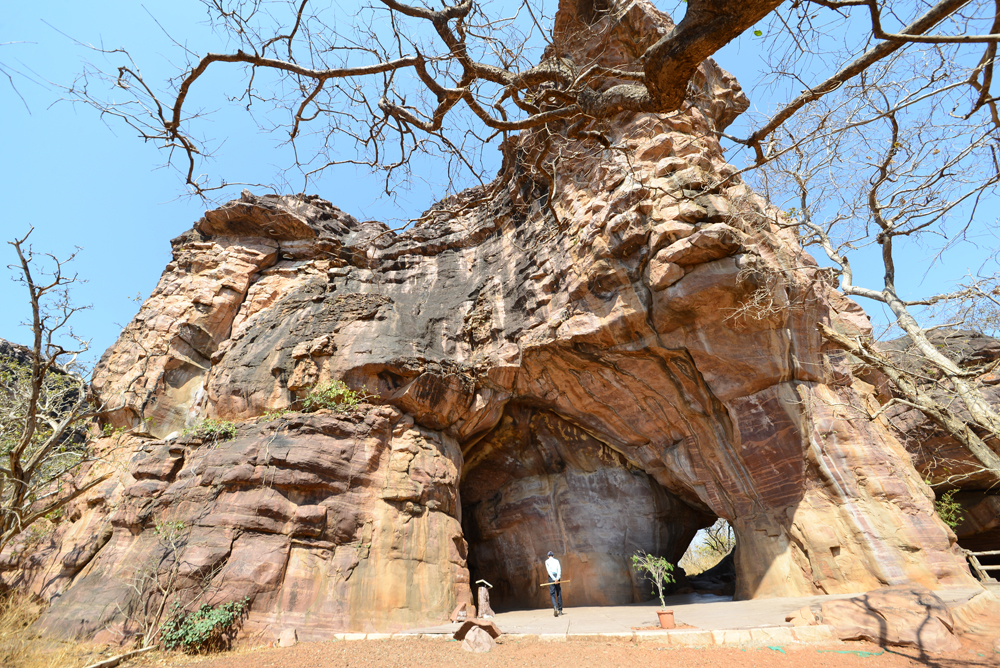Bhimbetka Rock Shelters: Journey to World Heritage Status
Hidden within the rocky landscapes of Madhya Pradesh, the Bhimbetka rock shelters tell a story that spans thousands of years. Recognized as a UNESCO World Heritage Site, these ancient shelters are a testament to human creativity and endurance, offering a glimpse into our distant past.

A Glimpse into History:
The Bhimbetka rock shelters have a history that stretches back to the prehistoric era. These natural rock formations served as dwelling places for early human populations, and the intricate rock paintings found within the shelters depict scenes from their lives, revealing insights into their beliefs, rituals, and everyday activities.
Date of Designation:
The Bhimbetka rock shelters achieved their UNESCO World Heritage status on July 2, 2003. This designation marked a significant milestone in the preservation and global recognition of these ancient archaeological sites.
Reasons Behind its Designation:
Several compelling reasons contributed to the inclusion of Bhimbetka rock shelters in the UNESCO World Heritage List:
- Archaeological Significance: The rock shelters are an unparalleled repository of prehistoric and early historic art. The vibrant paintings, executed in red and white pigments, provide valuable insights into the lives, cultures, and artistic expressions of ancient human societies.
- Cultural Heritage: The rock art at Bhimbetka showcases the evolving cultural practices and spiritual beliefs of our ancestors. The intricate depictions of animals, hunting scenes, and religious rituals offer a window into the cognitive and symbolic aspects of prehistoric societies.
- Historical Timeline: The shelters span over 700 rock formations, spanning a vast chronological range from the Upper Paleolithic era to the historical period. This continuity of human occupation and artistic endeavors makes Bhimbetka a unique historical record.
- Scientific Importance: The shelters provide a treasure trove for archaeologists, anthropologists, and historians, aiding in the study of human evolution, migration patterns, and the development of artistic expression over time.
Impact of World Heritage Status:
The UNESCO World Heritage recognition has had a profound impact on the Bhimbetka rock shelters and their surroundings:
- Conservation and Preservation: The World Heritage status has spurred intensified efforts to preserve the delicate rock paintings and protect the shelters from environmental degradation and vandalism.
- Cultural Awareness: The designation has brought international attention to Bhimbetka’s cultural significance, fostering global awareness about the importance of preserving humanity’s shared heritage.
- Tourism and Education: The recognition has led to increased tourism, contributing to the local economy while providing educational opportunities for visitors to learn about prehistoric cultures and the evolution of human societies.
The Bhimbetka rock shelters’ journey to becoming a UNESCO World Heritage Site is a celebration of our shared human heritage. As these ancient artworks continue to transcend time, they serve as a bridge connecting us to the distant past, reminding us of our inherent connection to history, art, and the enduring spirit of exploration and discovery.




